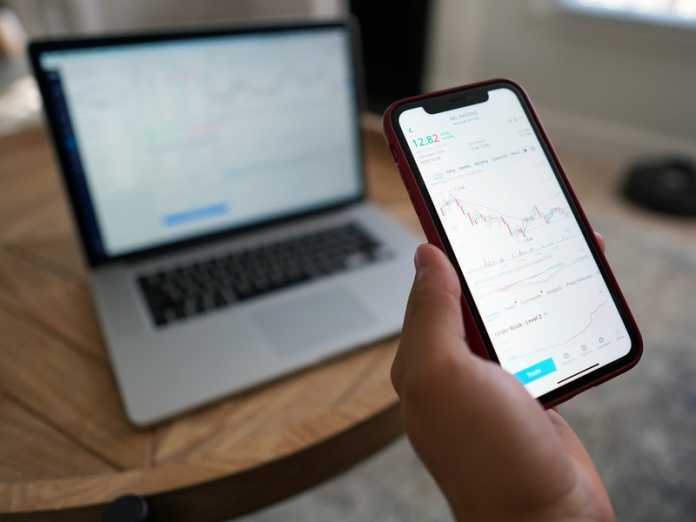When you’re just starting out in Forex, you inevitably have many questions. Here are just a couple.
What is a standard deviation? What does it mean within the realms of foreign exchange trading? If you’re new to the world of Forex trading, then these are questions that have crossed your mind at one point or another. In this article, we’ll be answering all those questions and then some!
What Is Standard Deviation?
Standard deviation is a statistical concept. It is used to find out the distance between a data point and its mean at a given point in time. It is mainly used to show variability in numerical terms. As such, it is widely used in scientific fields, psychology, media, and finance.
How we derive standard deviation depends on what we plan on using it for. Most data sets are grouped in accordance with certain parameters, which results in the mean being either actual or assumed.
Standard deviation is so widely used because it is easy to understand. When the deviation is large, it usually means that the degree of volatility and change is also high, while the converse is true for small deviations. Understanding potential volatility is the main reason behind it being applied to Forex trading, and now we’ll look at why that is.
Standard Deviation and Forex Trading
Risk management is a necessary part of investing. One of the key practices of risk management includes the prediction of market volatility. Unlike the weather, predicting market volatility is not incalculable. As you would know, if you have done any previous research, the Forex market is very volatile. As many as twenty fluctuations can happen every hour. This can result in big wins and losses, depending on how well you counted the trends.
This is where the standard deviation becomes an invaluable asset. By looking into the market and how wide the deviation is from the mean, we can get an idea about how volatile the market is. The wider the prices are spread from their average price, the more volatile it is. The greater the volatility, the greater the threat of risk.
In contrast, low deviation shows that the prices are closely bunched together. This is called condensation. Low deviations mean low risk. Depending on the information in your hands, you have to decide where to invest. Low risk is good, but if the risk is too low, then the returns will not be huge, either. Keep all this in mind before you make your choice.
Implementation in Forex Trading
Now that we know what standard deviation is used for, let’s take a closer look at how you can use it in your trading and investing.
Being able to identify which markets are experiencing condensation and which markets are highly volatile is the first step in deciding your course of action. Foreign exchange trading software typically uses standard deviation to do exactly that. A couple of known software suites used by traders are:
- Bollinger bands are a technical analysis tool that shows pricing volatility in concrete terms by creating bands of varying width. Standard deviation is the most important factor here since it directly dictates the width of the bands.
- STDEV is the application of standard deviation on exchange rate pricing. You get it by first taking a sample set of price points, then calculating their mean, variance, and deviation. Since STDEV results are shown as a graphing overlay, you, the trader, get a good visual representation of the trends in the market.
Of course, these are only a few tools at your disposal. Standard deviation works best when used in concert with other tools. These include, but are not limited to, Fibonacci retracements, time price offering charts, and momentum oscillators.
Conclusion
The main thing you should take away from this article is that while standard deviation is a wonderful asset for you to have, it isn’t a magic solution to every problem. There are times when the result you get from the standard deviation approach will be wrong. Not because you did anything wrong, but because the market changed on a dime.
What you should be using the standard deviation approach for is to find an entry point into the market. You should use it to find where the lowest risk is and make it your gateway into the world of trading. Don’t try to solve problems with it. That was never the intention of this approach.
All in all, this is a powerful tool to help you out in the world of Forex. Wield it well, and happy investing!
Disclaimer: This article contains sponsored marketing content. It is intended for promotional purposes and should not be considered as an endorsement or recommendation by our website. Readers are encouraged to conduct their own research and exercise their own judgment before making any decisions based on the information provided in this article.




































































